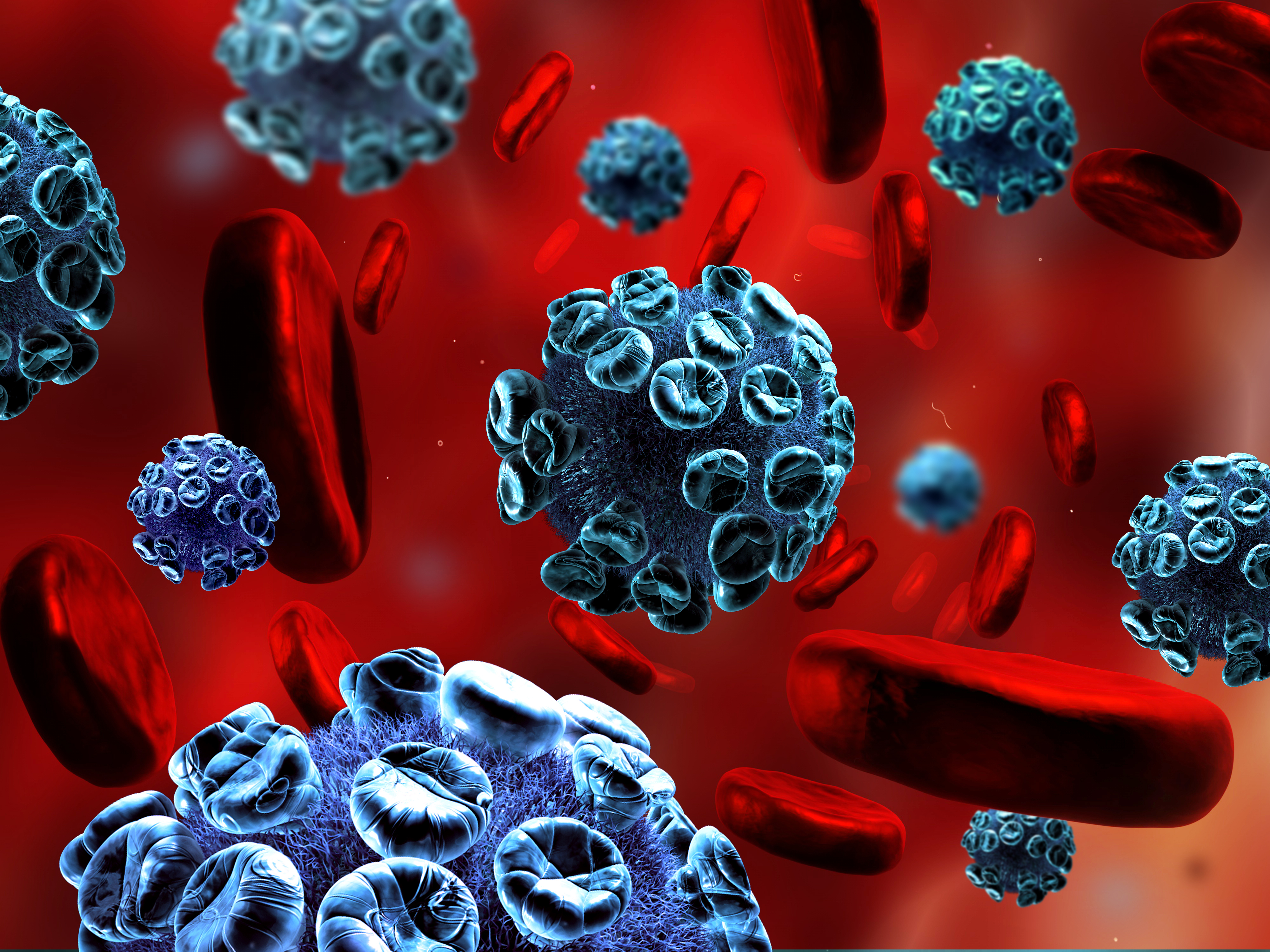1.1. What is HIV
HIV stands for human immunodeficiency virus. This virus causes a slowly progressive disease, HIV infection. The final stage of the disease is known as acquired immunodeficiency syndrome (AIDS).
1.2. History of discovery
Immunodeficiency virus exists broadly in nature — many species of animals are infected by it. The immunodeficiency virus (IDV) which was found in monkeys is very similar to the human immunodeficiency virus. HIV appears to have spread to humans from monkeys infected with ...
1.3. Description, structure and lifecycle of the virus
Human immunodeficiency virus (HIV) infects cells of the immune system containing CD4 receptors on their surface: T lymphocytes (t-helpers), monocytes, macrophages and some others. After penetrating into cells, the virus begins to reproduce, which further provokes the destruction ...
1.4. HIV types and characteristics
The HIV virus belongs to a subgroup of retroviruses known as lentiviruses, or "slow" viruses. This type of virus has no cellular structure, and it doesn’t synthesize protein. The HIV virus can only replicate inside cells of the immune system containing the CD4 receptors ...
2.1. Diagnostics and prevention
The HIV infection is distinguished by a long absence of symptoms. Diagnosis of the HIV infection is established through laboratory tests: by detecting antibodies to HIV. The first few weeks after the virus enters the body is the eclipse phase when HIV antibodies cannot be ...
2.2. Transmission routes
The virus transmission paths are well researched. Gone are the days when it was thought that HIV infection is a disease that affects only drug users, commercial sex workers and men who have sex with men (MSM). Anyone can get infected with HIV, regardless of social status, ...
2.3. Basic tests
HIV diagnostic methods were developed long ago and are being continuously improved. Currently there are two types of HIV diagnostic tests: indirect tests which allow for identification of antibodies to the virus, which almost 100% of people with HIV have; and direct tests ...
2.4. HIV testing
Anyone can do a blood test for HIV free of charge. HIV diagnostics are conducted anonymously and confidentially. If the test is done anonymously, a person is assigned a number, by which one can learn the result (most people feel more comfortable in this way). If the test ...
2.5. Prevention
HIV prevention is one of the key elements in the fight against the spread of the virus. There are several key areas in which preventive measures are undertaken to reduce the incidence of HIV infection: 1. Increasing awareness about safe sex, condoms, treatment of sexually ...
3.1. All about HIV treatment
The modern method for the HIV management includes the use of highly active antiretroviral therapy (HAART), which stops the development of HIV. Thanks to advances in modern medicine, HIV has become a chronic condition. People who are receiving the appropriate treatment and ...









